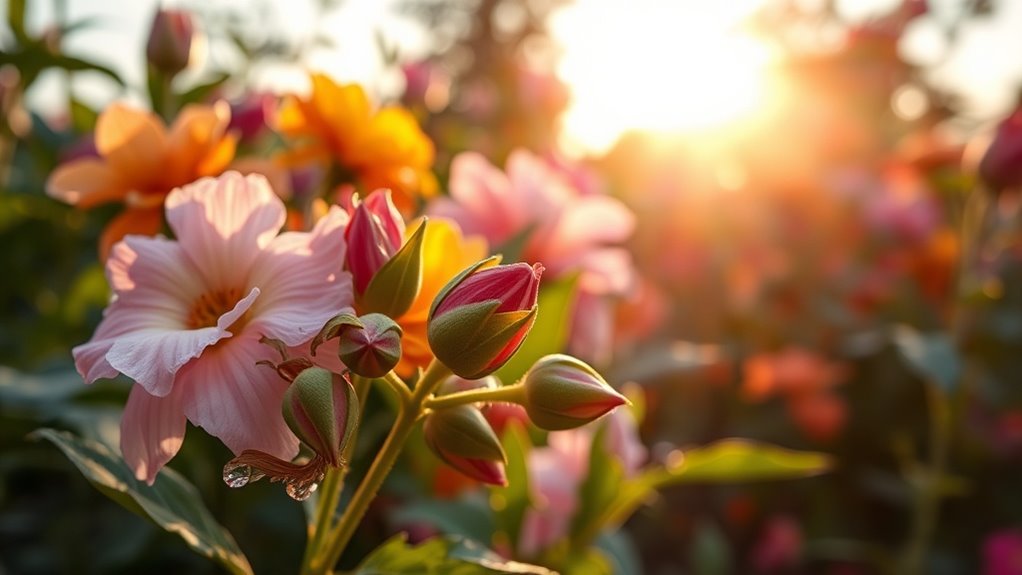Don’t Deadhead Your Flowers Until You Read This!
You might think deadheading is a simple task, but there’s more to it than meets the eye. Proper deadheading can improve your flowers’ health and extend their blooming period. However, mistakes can lead to stunted growth or even disease. Are you aware of the specific needs of each plant in your garden? Understanding these details is crucial for maximizing your success. Let’s explore the strategies that will keep your blooms vibrant and thriving.
Understanding the Importance of Deadheading
To truly appreciate your garden’s potential, it’s crucial to understand the importance of deadheading. By removing spent flowers, you encourage healthier blooms and longer blooming periods.
Use these deadheading tips: prune just above the first set of healthy leaves, and ensure you’re using clean tools to prevent disease. Regular deadheading not only promotes continuous blooming but also helps prevent plant disease that can arise from decaying flowers.
Implementing this practice optimally enhances your plants’ vitality and overall aesthetic appeal.
Best Practices for Deadheading Your Flowers
While deadheading is essential for encouraging robust flower growth, using the right techniques can make all the difference.
First, use clean, sharp scissors or pruners to prevent damage and disease. Remove faded blooms just above the first set of healthy leaves to promote new growth. Additionally, regular inspections are key to understanding when to deadhead, ensuring you can keep your plants healthy and thriving.
Regularly inspect your plants, deadheading consistently to maintain vigor and encourage continuous blooming throughout the season.
Timing: When to Deadhead for Optimal Growth
Knowing when to deadhead your flowers can significantly enhance their growth and blooming potential. Ideally, you should deadhead when blooms begin to fade and before they set seed. Check regularly during the growing season to maximize results. Regular deadheading can promote continuous blooming in your garden throughout the growing season.
| Timing | Recommended Action | Flower Type |
|---|---|---|
| Early Bloom | Deadhead immediately | Annuals |
| Mid-Bloom | Remove spent flowers | Perennials |
| Late Summer | Cut back stems carefully | Biennials |
Flowers That Thrive With Deadheading Techniques
Deadheading isn’t just a maintenance task; it can be the key to unlocking vibrant blooms in various flower types.
Roses, petunias, and zinnias, for instance, respond exceptionally well to deadheading. By removing spent flowers, you encourage these plants to produce new growth and extended flowering. Understanding the specific needs of each type enhances your garden’s beauty and longevity, ensuring your efforts yield optimal results. Additionally, pruning techniques can further support revitalization and promote a stunning display of colors throughout the season.

